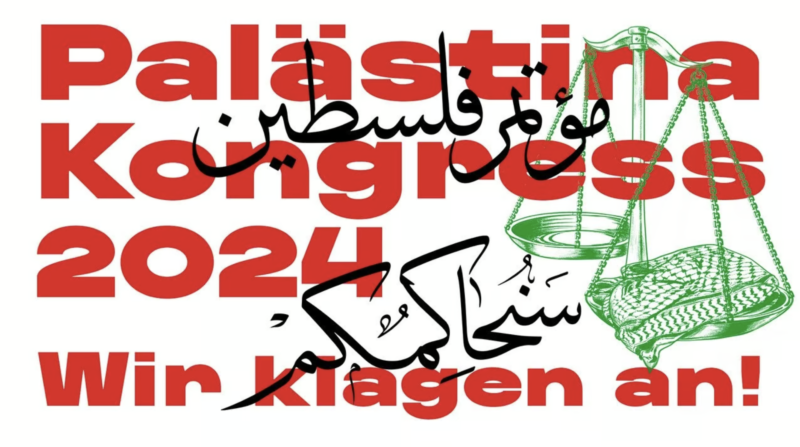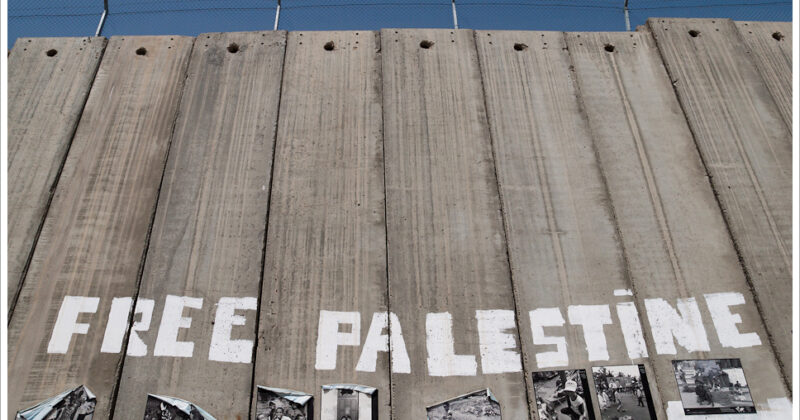Twenty years since the death of the USSR
Dave Stockton looks back at the aborted coup in the USSR and the counter-coup by Boris Yeltsin
THE COLLAPSE of the USSR 20 years ago was a world-changing event. The lessons drawn by millions worldwide, with the aid not only of capitalist propaganda, but of Social Democrats, Labourites, as well as repentant Stalinists, was that socialism constituted a failed and reactionary utopia. Any attempt to replace capitalism and parliamentary democracy would, so the story went, lead to totalitarianism and economic stagnation. The fall of the USSR was, thus, quite simply history righting itself after a terrible failed ‘experiment’.
Today, with capitalism facing its own mortal crisis and stagnation in its old heartlands, and with the leaders of the unions and ‘socialist parties’ still believing there is no alternative to the fundamental economic and political pillars of bourgeois society, it is high time to look at the experience of the Soviet Union and what its degeneration and collapse really shows us.
In 1991, the failed coup d’état of 19-21 August by hardliners opened the final act in the life of the Soviet Union. The curtain came down with its formal dissolution on 25 December of the same year. This event marked the exit from the stage of history of the last Soviet leader Mikhail Gorbachev and his attempt to reform the system by relaxing the party dictatorship and its control of the media and public life (glasnost – openness), and carrying out market reforms (perestroika – reconstruction) that had evolved into plans for a full-scale restoration of capitalism.
In the Revolution Betrayed (1936) and the Transitional Programme (1938), Leon Trotsky had predicted that if a working class political revolution did not restore the democracy of genuine workers’ soviets and develop a planning system based upon them, then the ruling bureaucracy would lead a restoration of capitalism and inevitably destroy the Soviet Union.
At this time, Trotsky believed the remaining gains of the October Revolution – nationalisation, planning, the state monopoly of foreign trade – still lived in the consciousness of a working class, which had carried out the five-year plans and industrialised their country. But as time passed across the 20th century, this socialist consciousness was destroyed by the Stalinist dictatorship. After the 1970s, the USSR began a grinding process of stagnation and decline in growth rates. This stagnation was caused by the disastrous corruption of the state officials and their failure to mobilise the creativity and energy of the working class who had no power in the “workers’ state”.
The Soviet working class
The most important question is why the Soviet working class was unable to prevent a restoration of capitalism that was to prove so disastrous for their job security, living standards and social welfare. From 1992-1998 Russia, the Ukraine and most of the other successor states to the old Soviet Union experienced an economic collapse twice as deep and twice as long as the Great Depression of the 1930s. Some 60 per cent of the factories were wiped out.
The answer to this question must be sought in the effects on Soviet workers of over six decades of Stalinism and an adverse balance of class forces on a world scale.
The loss in the 1920s of the democracy of the soviets and the factory committees created in 1917 and the annihilation in the 1930s of most of the historic Bolshevik militants meant that virtually all living continuity with the revolutionary traditions of the Russian working class had been broken.
Worse, this history had been appropriated and turned into a grotesque caricature of an infallible and monolithic party by the Communist Party of the Soviet Union (CPSU). Stalinist terror and repression made it well nigh impossible for workers to re-appropriate the experience and lessons of genuine Bolshevism.
Stalinism meant the systematic prevention of workers from achieving an autonomous collective identity, or democratically expressing their complaints and demands for improvement.
Even when Stalin’s terror was relaxed, the penalty for a worker speaking out or collective action by a work team or workplace was at the least the downgrading of their jobs and thus their pay, or worse outright arrest and jailing.
For workers in the USSR from the 1970s onwards there was a growing disillusionment with the CPSU’s promises to realise the socialist ideals of freedom and equality, the inability to repair the housing stock, run-down public transport, irregular supply and poor quality of basic consumer goods etc.
This led to shortages, the many hours spent queuing, and the hording that made life a time consuming grind, for women in particular. These made the promises of market efficiency and a ‘normal society’ increasingly attractive.
The reform process
The five or so years of Gorbachev’s reforms and the waves of strikes by miners and other workers between 1989-91 at the end of this period proved insufficient to overcome this legacy. But this is not to say that this could not have been done.
At the same time Gorbachev’s reforms met a warm response from the great bulk of the Russian intelligentsia and a dissident movement, which for all its heroism had long ago lost its belief in working class power. In the 1970s and early 1980s, it had been heavily influenced by ideas ranging from ‘market socialism’ to neoliberalism, all of which claimed that a ‘normal society’ was based on some sort of capitalism, even though this was rarely said openly.
The great bulk of the democrats – who eventually crystallised as Democratic Russia around Boris Yeltsin – saw the working class as an instrument for achieving the overthrow of the party’s rule and the break up of the planned economy.
The decentralising measures of perestroika and the attempts to stimulate workers participation in the reforms process did, however, create a movement for workers’ self-management and some independent trade unions.
But the unions alone were insufficient. Faced with a crisis that posed the question of political power, they limited themselves to economic questions. This limitation to trade unionism and the weak numbers and confusion of the socialist intelligentsia proved critically important at a time when a revolutionary party needed to be built which fused intellectuals and worker militants in a fight for political revolution.
The best expression of a class viewpoint emerged from the movement for workers self-management and the workers committees that arose during the strikes of 1989. These bodies had the potential to become soviets in the 1905 and 1917 sense – instruments of class struggle, of an insurrectionary takeover and then of working class power. But the ideas within the new workers’ movement were hampered by an understandable but mistaken phobia of centralism, not just bureaucratic but any centralism at all. This left them victims to crucial goals of the neoliberal agenda; namely, the destruction of the plan, and not its radical democratisation.
When events began to move with great rapidity in 1990 and 1991, and the restorationist forces set out at the turn of the year to impose shock therapy, the working class was politically unprepared for resistance.
Last but not least, there was the unfavourable international balance of class forces. Although the 1970s had seen a historic rise in class struggle across Europe, this had not resulted in the creation of effective revolutionary parties, and after Thatcher and Reagan launched the neoliberal counterrvolution, by the late 1980s workers had suffered strategic defeats. Old industries closed, trade unions slumped in membership and were taken over by right wing bureaucrats. The intelligentsia too, who had rallied in large numbers to Marxism in the 1970s, began to turn to the defeatist “discourses” of post-modernism.
Today, many left activists consider themselves anti-capitalist, but have no clear alternative to the present system. The experience of the USSR looms over the left as a terrible fear – “We don’t want to go back to that!” This makes socialism appear unpopular, so that many inadvertently end up agreeing with the neoliberals that the October revolution and the attempt to build socialism was a mistake.
As revolutionaries we cannot sidestep the problems posed by the rise of Stalinism and the counterrevolution that happened within the revolution. This betrayal is not merely historical, but remains an operative barrier to winning a new generation to socialism.
We have to explain that a healthy socialism is possible; one based on genuine workers’ control through the soviets and democratic planning. Indeed, in a world of immense human misery and alienation, socialism is more than possible, it is vitally necessary.



